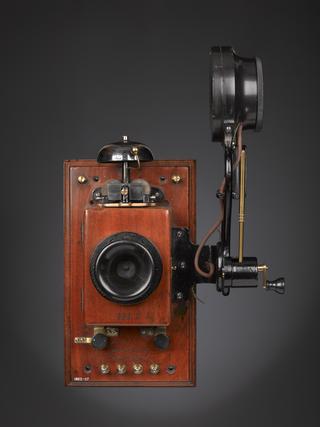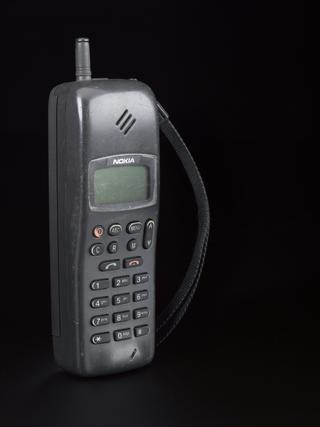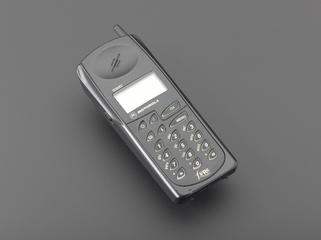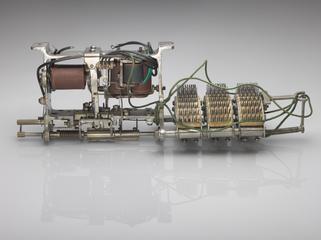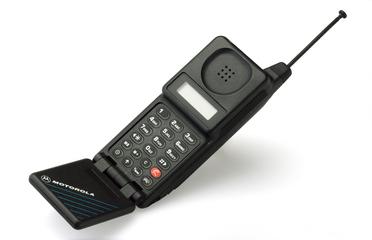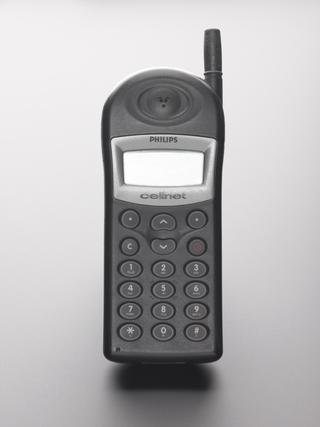
Magneto-electrometer, 1857




Magneto-electrometer, made by E. O. W. Whitehouse, England, 1857.
Edward Orange Wildman Whitehouse (1816-1890) was the electrical engineer for the 1857 and 1858 Atlantic cable expeditions. Whitehouse was not an engineer but a surgeon who had gained a good working knowledge of electricity. He has largely been blamed for the failure of the 1858 cable, due to his insistence upon using high-voltage induction coils which, his critics argued, helped to destroy the cable after less than a month in operation. However, there were other reasons why the cable failed, connected with its quality of manufacture and a limited understanding of the harsh conditions on the ocean bed. Knowledge of electrical theory was in its infancy, too. It would be fairer to say that the fact that the cable worked at all should be counted as a major engineering achievement in itself. The precise function of Wildman's magneto-electrometer is unknown as almost no technical information exists about it, but it was probably used for experiments on the 1858 Atlantic telegraph cable.
Details
- Category:
- Telecommunications
- Object Number:
- 1968-660
- Materials:
- wood (unidentified), iron, metal (unknown), brass (copper, zinc alloy) and glass
- Measurements:
-
overall: 138 mm x 135 mm x 407 mm, 3.43kg
- type:
- telegraph
- credit:
- Donated by Preece, Cardew and Rider
